Common Sick-Bird Signs: How to Detect and Heal Now
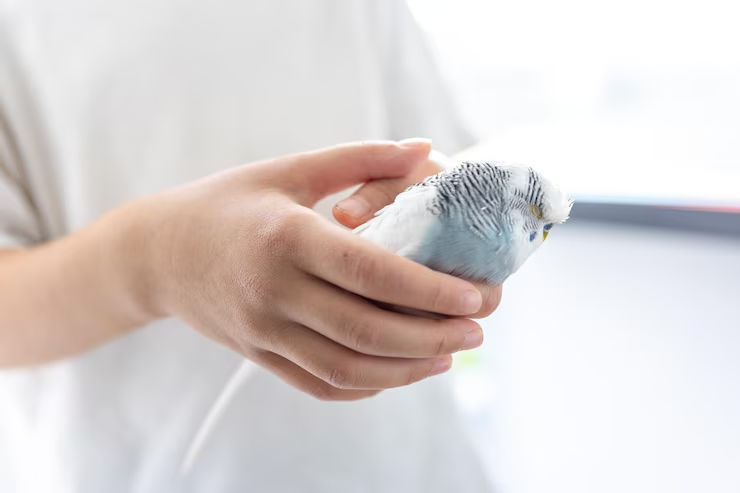
Table of Contents
Watching your beloved pet bird show signs of illness can be incredibly distressing. As avian owners, we form deep bonds with these intelligent, social creatures, and seeing them unwell brings genuine concern. The challenge is that avians are masters at hiding illness—a survival instinct that unfortunately works against them in captivity. By the time symptoms become obvious, your feathered friend may already be seriously ill.
This guide will help you recognize the earliest signs of sickness in birds, understand what these symptoms might indicate, and know exactly what steps to take if you suspect your avian is unwell. Remember: early detection and prompt action are often the difference between a quick recovery and a life-threatening situation.
Understanding Bird Behavior: Establishing a Baseline
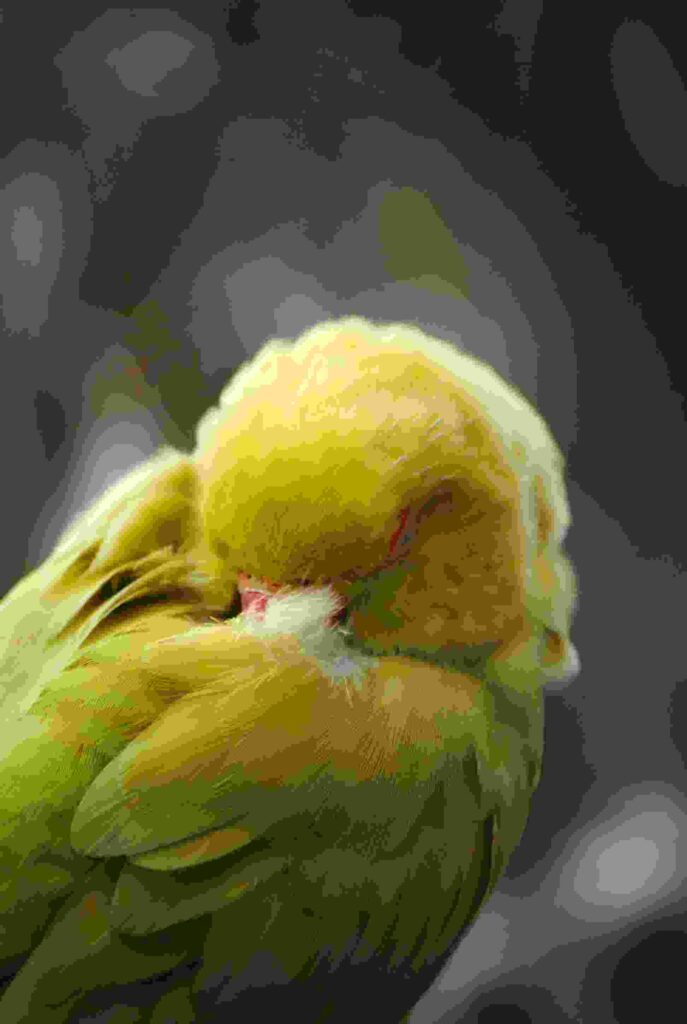
Normal Bird Behavior
Before you can identify when your bird is sick, you need to understand what “normal” looks like for your particular feathered friend. Healthy avians typically display:
- Active eating habits: Regular, enthusiastic interest in food
- Proper activity levels: Playfulness, climbing, flying (if able), and exploration
- Normal vocalizations: Singing, talking, or making species-appropriate calls
- Regular grooming: Preening feathers, bathing when offered
- Positive social interaction: Engagement with toys, mirrors, or human family members
“Understanding your bird’s unique personality and routine is your first line of defense in detecting illness. When you know what’s normal, abnormal becomes much easier to spot.”
Why Birds Hide Illness
In the wild, showing weakness makes a avian vulnerable to predators. This evolutionary instinct doesn’t disappear in captivity—birds instinctively mask symptoms of illness for as long as possible. By the time obvious symptoms appear, your avian may have been sick for days or even weeks.
This survival mechanism means that any change in behavior or appearance, no matter how subtle, deserves your attention. What might seem minor to us could be your avian’s equivalent of raising a red flag.
Comprehensive List of Sick Bird Signs
Respiratory Signs
Respiratory issues are common in birds and can indicate various conditions, from minor irritation to serious infection.
| Sign | What to Look For | What It Might Mean |
|---|---|---|
| Sneezing/Coughing | Repeated sneezing or coughing sounds | Possible respiratory infection or irritation |
| Nasal Discharge | Wet nostrils or material around nares | Bacterial or fungal infection |
| Tail Bobbing | Exaggerated up and down movement of tail while breathing | Difficulty breathing, respiratory distress |
| Open-Mouthed Breathing | Beak slightly open while at rest | Serious respiratory compromise |
| Changes in Vocalization | Hoarseness, quieter than usual, or complete silence | Respiratory infection or weakness |
Tail bobbing is particularly concerning—this distinctive motion indicates your avian is using extra muscles to breathe and requires immediate veterinary attention.
Digestive Signs
Your avian’s eating habits and droppings can tell you a lot about their health status:
- Changes in appetite: Eating noticeably more or less than usual
- Regurgitation or vomiting: Note that regurgitation for mates or beloved humans is normal bonding behavior, but actual vomiting is not
- Changes in droppings:
- Color changes (green to brown, or unusual colors like red or black)
- Consistency changes (watery, unusually firm, or containing undigested food)
- Volume changes (significantly more or less than usual)
- Straining to defecate: Difficulty passing droppings or excessive effort
A healthy avian’s droppings should have three components: fecal matter (the solid part), urates (the white part), and urine (the clear liquid part). Any significant change in appearance, frequency, or composition warrants attention.
Behavioral Changes
Birds are creatures of habit—changes in their routine behaviors often signal distress:
- Lethargy or inactivity: Less movement, reduced interest in surroundings
- Depression or decreased interaction: Withdrawal from usual social activities
- Sitting at the bottom of the cage: Especially concerning if this is new behavior
- Sleeping excessively: Sleeping during active hours or more than usual
- Feather plucking: Self-destructive behavior that can indicate physical illness or psychological distress
- Head tilting or circling: May indicate neurological issues or inner ear infection
If your normally active, vocal avian becomes quiet and stationary, this is a significant change that should not be ignored, particularly if accompanied by other symptoms.
Physical Appearance
Visual changes to your bird’s appearance are often the most obvious indicators of illness:
- Fluffed up feathers: avians fluff their feathers to trap warm air when they’re cold due to illness
- Weight loss: May be difficult to detect visually in feathered avians; regular weighing helps
- Eye discharge or swelling: Cloudiness, wetness, or inflammation around eyes
- Swelling in any body area: Unusual lumps or asymmetry
- Feather loss or poor condition: Bare patches, broken feathers, or dull appearance
- Change in feather color: New or unusual coloration not related to molting
- Bleeding: Any visible blood requires immediate attention
A avian sitting with fluffed feathers during active hours (when they would normally be alert with sleek feathers) is often showing the avian equivalent of having a fever and feeling unwell.
Neurological Signs
Neurological symptoms can indicate serious conditions and typically require emergency care:
- Seizures: Loss of control, falling, or jerking movements
- Loss of balance: Inability to perch properly or falling off perches
- Tremors: Shaking or trembling
- Paralysis: Inability to move certain parts of the body
These symptoms often progress rapidly and should be considered medical emergencies requiring immediate veterinary attention.
Common Bird Illnesses and Their Associated Signs
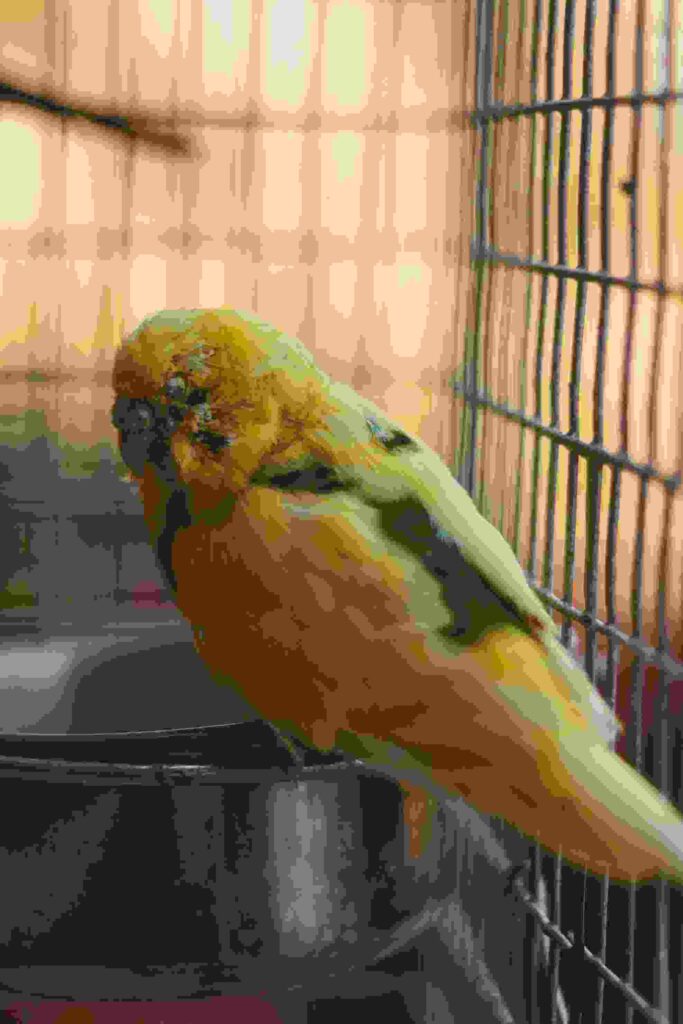
Understanding which symptoms might indicate specific diseases can help you communicate more effectively with your veterinarian:
Psittacosis (Chlamydiosis)
- Nasal discharge
- Lethargy
- Weight loss
- Green or yellow droppings
- Respiratory distress
- Eye inflammation
Aspergillosis
- Difficulty breathing
- Voice changes
- Tail bobbing
- Weight loss
- Depression
Proventricular Dilatation Disease (PDD)
- Weight loss despite normal eating
- Regurgitation
- Undigested food in droppings
- Weakness
- Neurological signs
Psittacine Beak and Feather Disease (PBFD)
- Abnormal feather development
- Beak deformities
- Secondary infections
- Progressive feather loss
Avian Flu
- Severe respiratory signs
- Neurological symptoms
- Sudden death
- Green diarrhea
- Facial swelling
What To Do If You Suspect Your Bird Is Sick
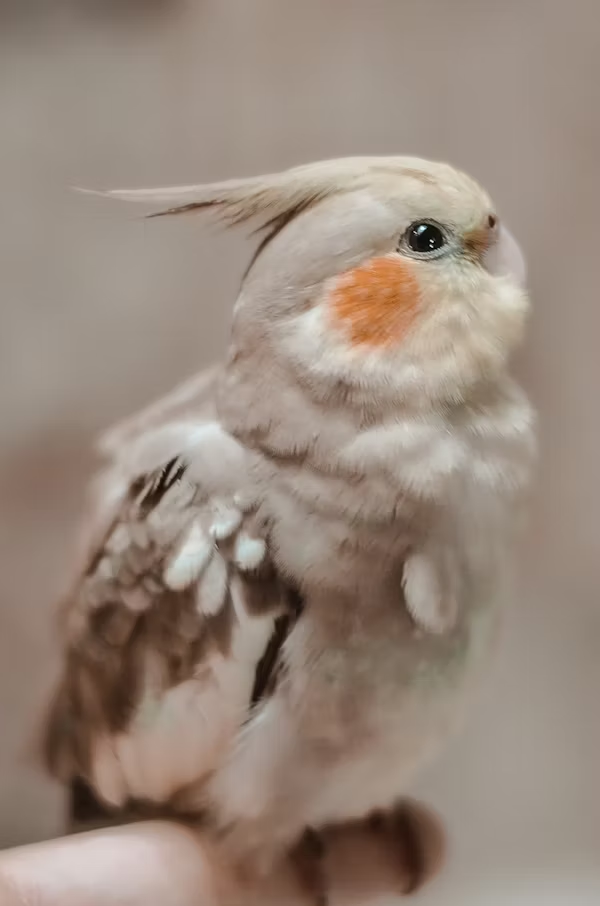
If you notice any concerning signs, take these immediate steps:
1. Isolate the Bird
If you have multiple birds, move the sick avian to a separate cage in a different room. This prevents potential disease spread and allows you to monitor the sick avian’s food intake and droppings more accurately.
2. Maintain Warmth
Sick avians often struggle to maintain body temperature. Increase the ambient temperature around your avian’s cage to 85-90°F (29-32°C) using a avian-safe heat source like a ceramic heat emitter. Never use heat lamps with teflon coatings, as these release toxic fumes.
3. Provide Easy Access to Food and Water
Place food and water containers where your bird can reach them without climbing or expending much energy. Consider offering easily digestible foods like warm, soft millet or avian-specific electrolyte solutions.
4. Monitor and Document
Keep detailed notes about:
- What symptoms you’re observing
- When they started
- Any changes in severity or frequency
- Food and water consumption
- Appearance of droppings
- Medications given (if previously prescribed)
Photos or short videos of concerning behaviors can be extremely helpful for your veterinarian.
5. Find an Avian Vet IMMEDIATELY
This step cannot be emphasized enough. Unlike cats and dogs, birds can deteriorate rapidly—sometimes within hours. Call ahead to explain the situation, as many avian vets will make room for emergency cases.
“With avians, there’s no such thing as ‘wait and see.’ By the time symptoms are obvious, your avian is already critically ill and needs professional help right away.”
Finding an Avian Vet
Not all veterinarians have specialized training in avian medicine. Birds have unique physiologies that require specific knowledge and equipment to treat properly.
To find a qualified avian veterinarian:
- Search the Association of Avian Veterinarians directory at aav.org
- Ask local avian clubs, rescues, or specialty pet stores for recommendations
- Call veterinary practices directly and ask about their experience with your specific avian species
When preparing for your vet visit:
- Bring your symptom documentation
- Transport your avian in a small, secure carrier with proper ventilation
- Keep the carrier partially covered to reduce stress
- Bring a fresh dropping sample if possible
- Be prepared to answer questions about diet, housing, and environmental factors
Preventative Care for Long-Term Health
Prevention is always better than treatment. Establish these practices to support your bird’s ongoing health:
Proper Diet
Different species have different nutritional needs, but most require:
- High-quality pelleted food as a base diet
- Fresh vegetables and limited fruit
- Limited seeds (most seed-only diets are nutritionally deficient)
- Clean, fresh water changed daily
Clean Environment
- Clean food and water dishes daily
- Change cage papers or substrate regularly
- Deep clean the entire cage weekly
- Avoid toxic cleaning products, non-stick cookware, scented candles, air fresheners, and cigarette smoke
Regular Vet Checkups
Schedule annual wellness exams even when your avian appears healthy. These preventative visits often catch issues before they become serious and establish a baseline for your bird’s health.
Mental Stimulation
- Provide plenty of appropriate toys
- Rotate toys regularly to prevent boredom
- Allow supervised out-of-cage time in a bird-safe area
- Spend quality time interacting with your avian daily
Quarantine New Birds
Always quarantine new avians for at least 30 days before introducing them to existing birds. This means keeping them in separate rooms with no shared air circulation and practicing strict hygiene between handling avians.
Conclusion
Being vigilant about your avian’s health is one of the most important responsibilities of avian ownership. By understanding normal behaviors, recognizing the early warning signs of illness, and developing a relationship with an avian veterinarian before emergencies arise, you’re providing your feathered friend the best chance for a long, healthy life.
Remember that birds are remarkable at hiding illness—when in doubt, consult a professional. Your careful observation and quick action can quite literally save your avian’s life. While seeing a sick avian can be frightening, having the knowledge to recognize problems early and the resources to address them promptly will make you a more confident and effective caregiver.
Has your avians hown any of these signs? Don’t wait—reach out to your avian veterinarian today to discuss any concerns and schedule a wellness check if you haven’t had one recently. Your feathered friend is counting on you to be their healthcare advocate.
This article is meant for informational purposes only and does not replace professional veterinary advice. If you believe your bird is sick, contact an avian veterinarian immediately.
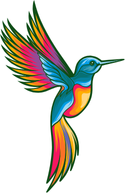
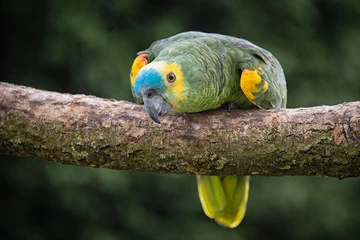
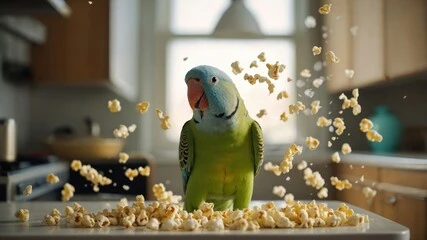
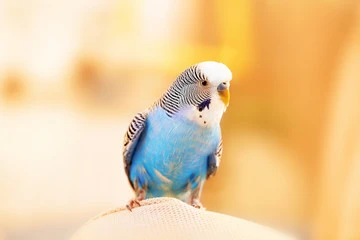
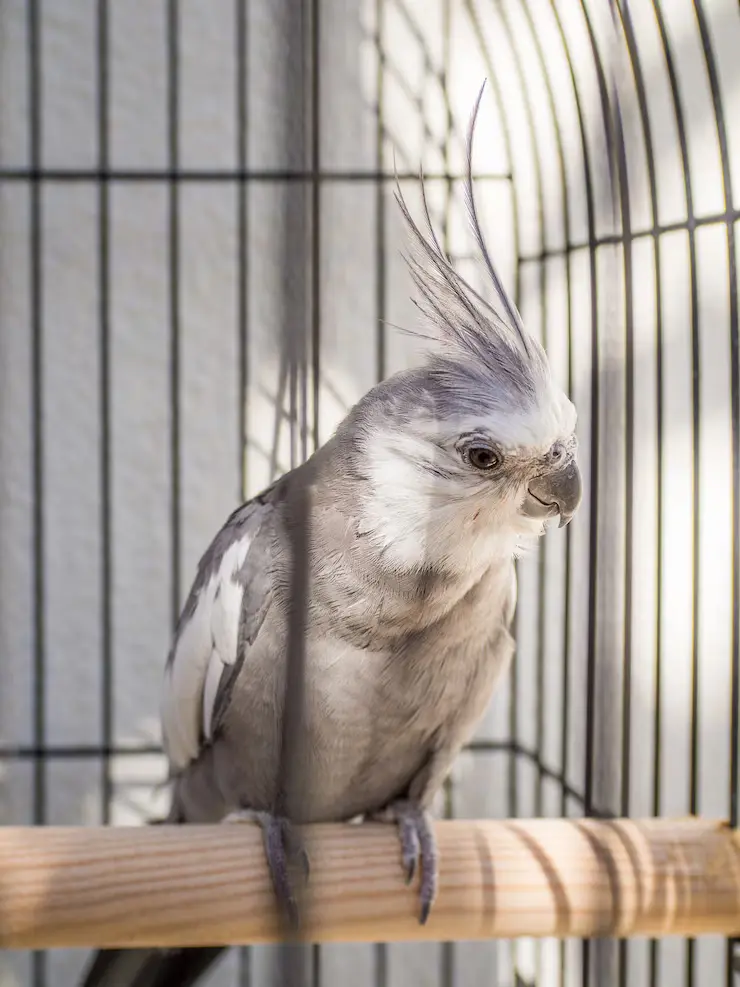
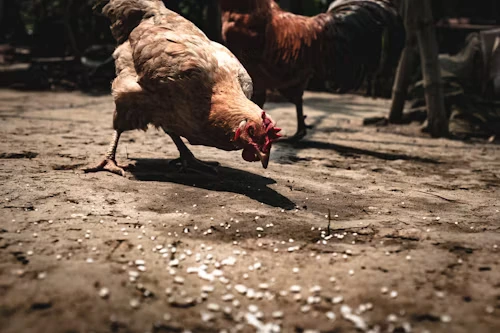

One Comment